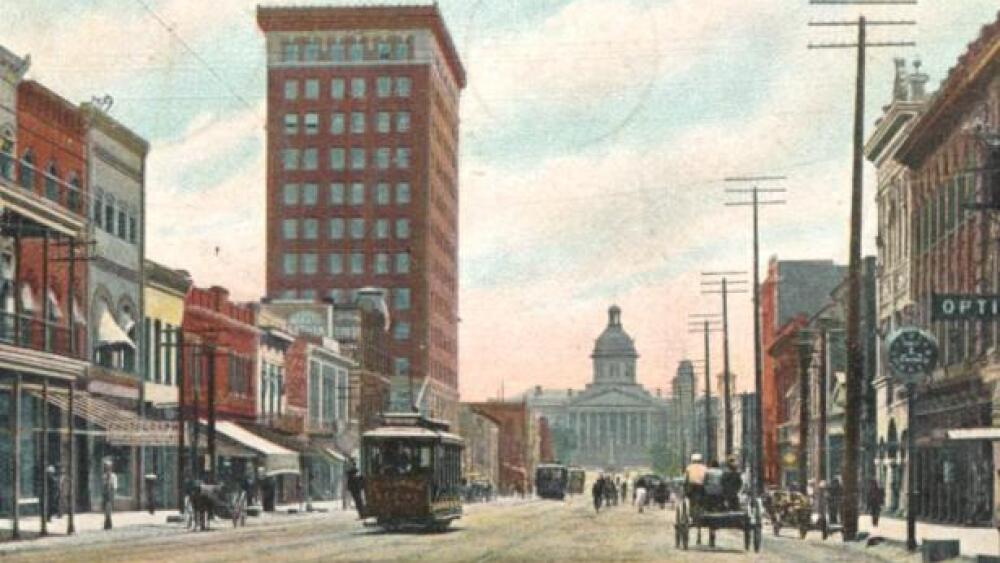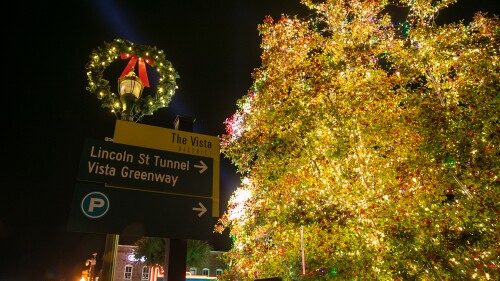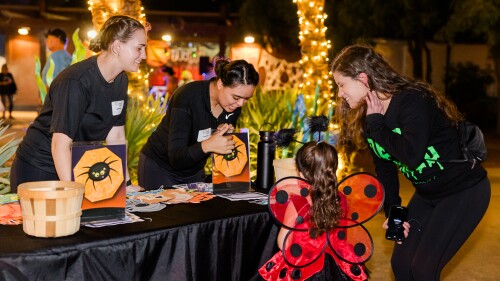The city of Columbia was created by the General Assembly in 1786, and many of our street names are original to that founding. The city was designed as 400 Blocks in a two-mile square on the Congaree River with perimeter streets and two through streets that were 150-ft wide, some of which we still enjoy today. Now that over 230 years have passed, the city and its streets are filled with vibrant history.
It’s safe to say that over the years, the city has been touched by countless historical figures and happenings — many of which have shaped the names of Columbia’s buildings, parks, and streets. In this guide, we’re delving into the history of Columbia’s streets — specifically, how they were named.
When the original grid for the city was laid out, the north-south streets were all named after notable Revolutionary officers. The east-west streets were mostly named for important agricultural products of the state’s economy or important citizens at the time.
Columbia’s Boundary Streets
Elmwood Avenue – Originally named Upper Street, Elmwood Avenue was the original northern boundary of the city. It was renamed after 1872 for the adjacent Elmwood Cemetery.
Bull Street — was named for Brigadier General Stephen Bull, who was a member of the Commons House of Assembly, fought in the Battle of Beaufort, and served in the SC Senate and House of Representatives.
Assembly Street — Named for the General Assembly, which first met in Columbia in 1790.
Gervais Street — Gervais, pronounced “Jer-vay,” got its name from John Lewis Gervais. He fought in the Revolutionary War, was a member of the Continental Congress, and was an SC State Senator. More importantly, Gervais introduced the bill in 1786 that made Columbia the new state capital and officially named the city. For this reason, the main street that runs in front of the capital was named after him.
North-South Streets
Harden Street — was named after William Harden, who served under Francis Marion.
Lincoln Street — Named for Revolutionary War General Benjamin Lincoln of Massachusetts, who accepted the sword of surrender from the British at the Battle of Yorktown in Virginia.
Main Street — Originally named Richardson Street, it was renamed “Main Street” in the 1890s as it became the primary commercial street in Columbia. Also, in 1908, it was the first street to get paved in Cola.
Park Street — Originally named Gates Street after Revolutionary War commander Horatio Gates, it was renamed in 1941 to Park Street because it led to Sidney Park, now known as Finlay Park. It was also known as a red-light district in the 1930s.

Main Street, ca. 1910 | Photo from historiccolumbia.org
East-West Streets
Blossom Street — was named after the blossom of the cotton plant. This was a significant commercial crop in S.C., especially after Eli Whitney invented the cotton gin in 1794.
Hampton Street — Originally named Plain Street after the Taylor brothers’ plantation, The Plain, it was renamed in 1907 to honor Wade Hampton III, who served as a U.S. Senator, SC State Senator, member of the SC House of Representatives, and Governor of South Carolina.
Greene Street — It was originally named Green Street, possibly in honor of a resident of Columbia, but was changed in 1979 to commemorate Nathanael Greene, the commander of the Continental Army during the Revolutionary War.
Devine Street — Formerly spelled Divine and thought to be named after an early resident of Columbia, the spelling was changed to Devine Street in the late 1930s.
Lady Street — This street was named after Martha Custis Washington, the wife of General George Washington. She would go on to be the first First Lady in 1789.
Taylor Street — Named for the Taylor family, James and Thomas Taylor owned much of the land on which Columbia was built.
Whaley Street — Originally named Indigo Street, it was renamed in 1907 to honor W. B. Smith Whaley, who built the Richland, Granby, Olympia, and Capital City textile mills in Columbia.











